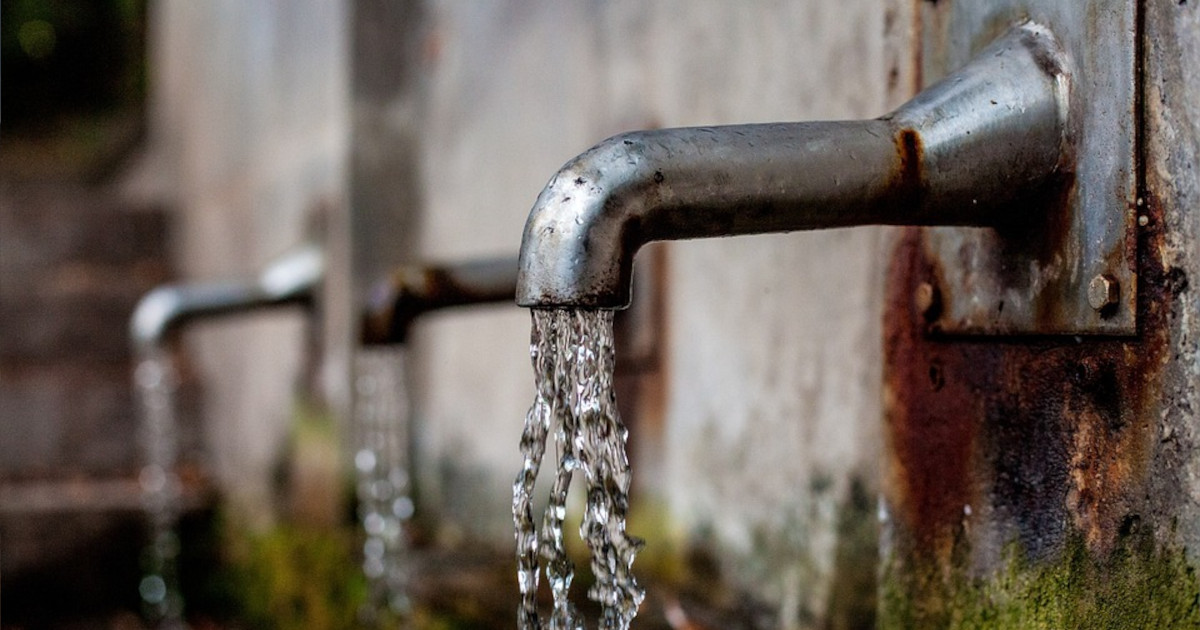Featured Information

City and municipal water systems in America have encountered various contaminants over the years, some of which can pose health risks to consumers. These contaminants can originate from natural sources, industrial activities, agricultural practices, and aging infrastructure. While the severity of the health risks depends on the specific contaminant and its concentration, here are some common contaminants found in water systems and their potential health effects:
Microorganisms
Bacteria, viruses, and parasites can enter water supplies through fecal contamination, inadequate disinfection, or issues with water treatment processes. Pathogens like Escherichia coli (E. coli), norovirus, Giardia, and Cryptosporidium can cause gastrointestinal illnesses, leading to symptoms such as diarrhea, vomiting, stomach cramps, and fever.
Disinfection Byproducts (DBPs):
DBPs are formed when disinfectants, such as chlorine, react with organic matter in the water. Common DBPs include trihalomethanes (THMs) and haloacetic acids (HAAs). Prolonged exposure to high levels of DBPs has been associated with an increased risk of bladder cancer, reproductive issues, and potential developmental effects in fetuses.
Heavy Metals:
Heavy metals like lead, arsenic, mercury, and cadmium can enter the water supply through natural sources, industrial discharges, and aging infrastructure, such as lead pipes or plumbing fixtures. These metals are toxic and can have various health effects. Lead, for example, can cause developmental delays, neurological problems, and organ damage, particularly in young children.
Pesticides and Herbicides:
Agricultural activities can introduce pesticides and herbicides into water sources through runoff or leaching. These chemicals, such as atrazine and glyphosate, have been associated with potential adverse effects on human health, including endocrine disruption, increased cancer risk, and reproductive problems.
Industrial Chemicals:
Industrial processes can release various chemicals into water sources. Examples include polychlorinated biphenyls (PCBs), polycyclic aromatic hydrocarbons (PAHs), and volatile organic compounds (VOCs). Prolonged exposure to high levels of these chemicals may lead to cancer, organ damage, developmental issues, and other health problems.
Pharmaceuticals and Personal Care Products (PPCPs):
PPCPs, including prescription drugs, over-the-counter medications, and personal care products, can enter water supplies through improper disposal or excretion. While the long-term health effects of PPCPs in drinking water are still being studied, there is concern about potential impacts on aquatic life and the development of antibiotic resistance.
Nitrates and Nitrites:
Agricultural runoff and sewage discharges can introduce nitrates and nitrites into water sources. High levels of these compounds can pose health risks, particularly for infants and pregnant women. Nitrate contamination can lead to methemoglobinemia, also known as “blue baby syndrome,” which affects the blood’s ability to carry oxygen.
It is important to note that the presence of contaminants does not automatically mean they are at levels that will cause immediate harm. Water treatment processes aim to remove or reduce these contaminants to safe levels. Municipal water systems are required to adhere to regulatory standards set by the Environmental Protection Agency (EPA) to ensure the safety of drinking water.
To address concerns, water treatment plants employ various processes such as disinfection (e.g., chlorination), filtration, and monitoring to maintain water quality. Additionally, consumers can take measures such as using point-of-use filters or opting for bottled water if they have specific concerns about their water supply.
It’s worth emphasizing that the quality of water can vary depending on the location and the specific municipal water system. Public water systems are obligated to provide annual Consumer Confidence Reports (CCRs) to their customers.


